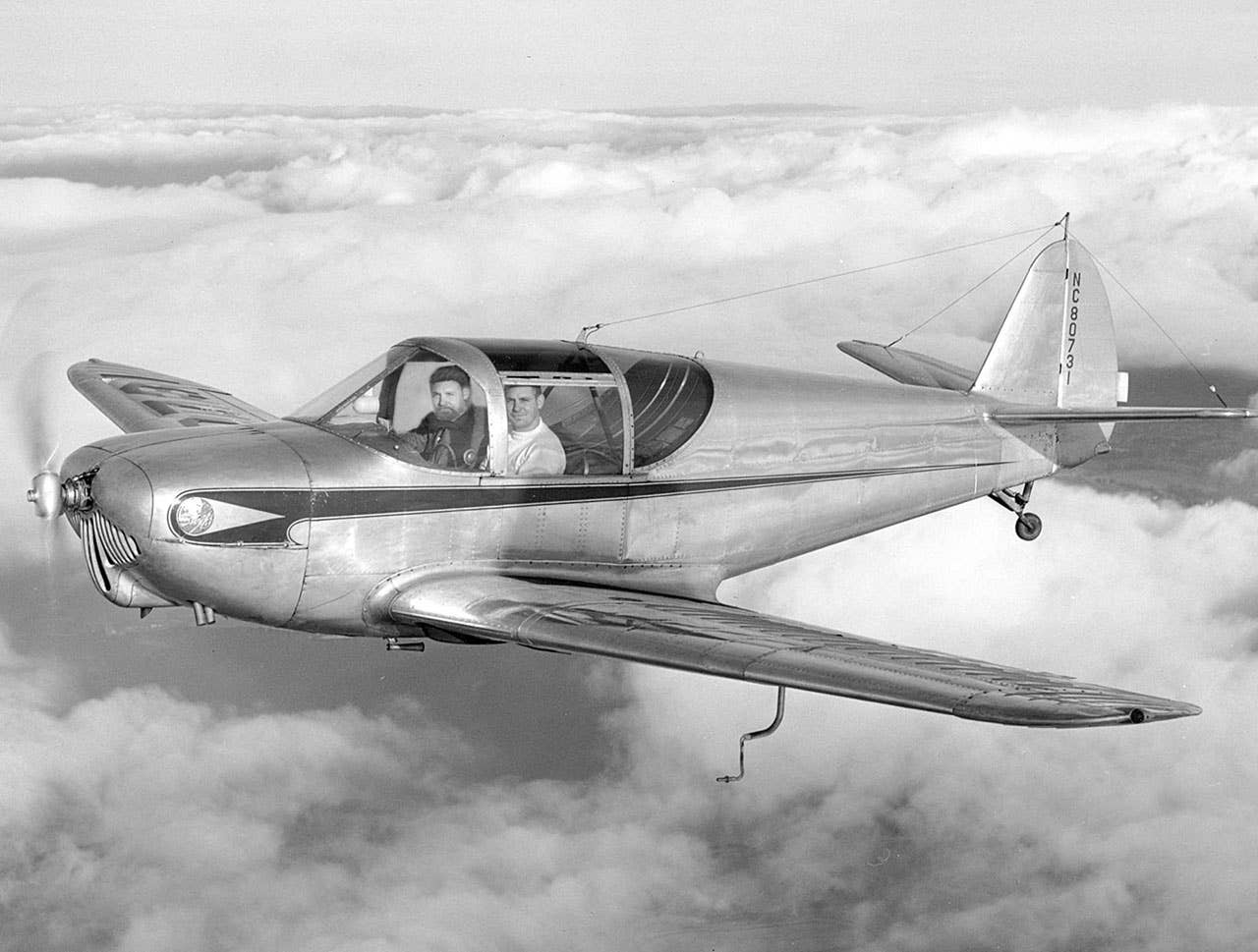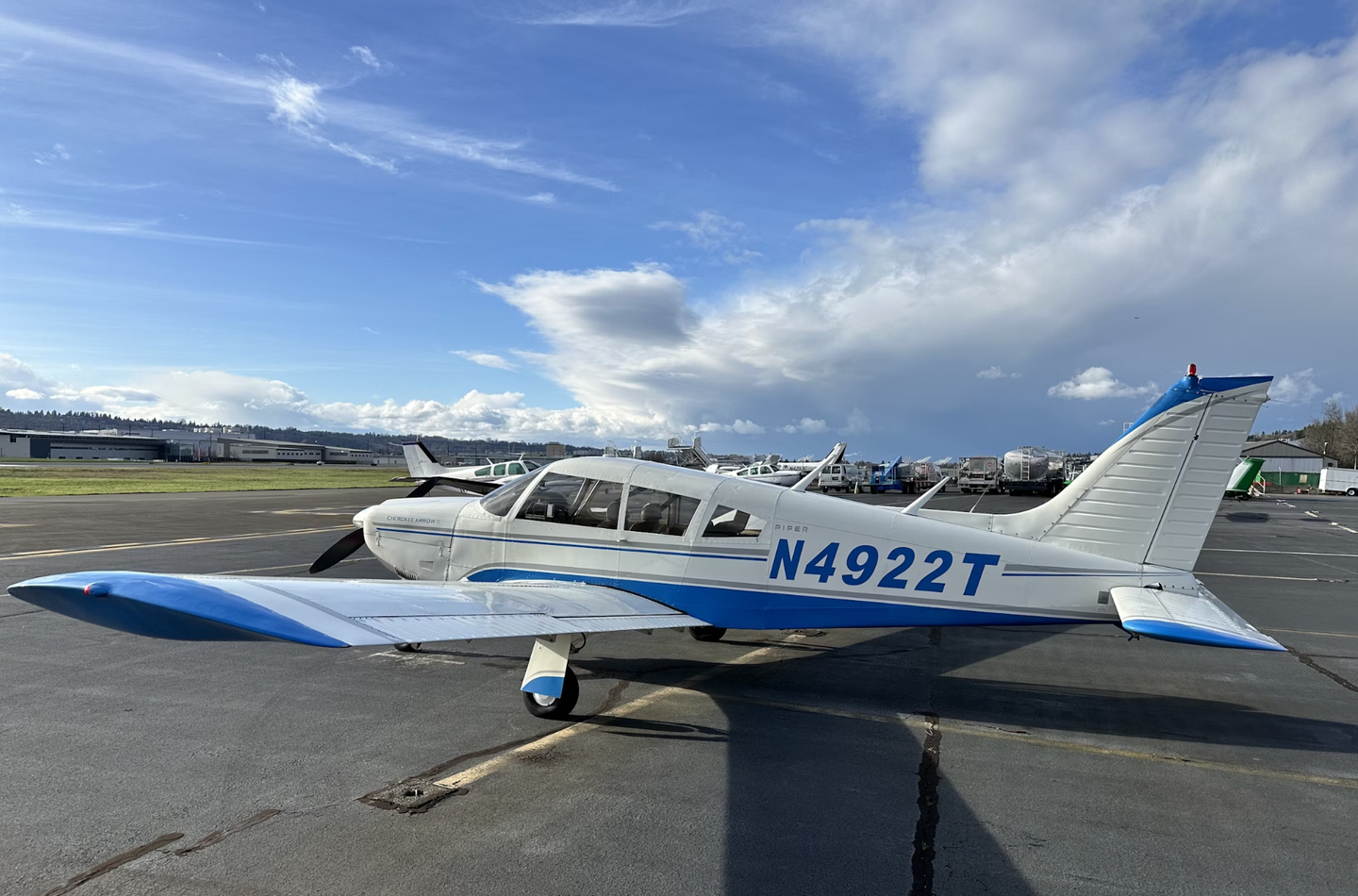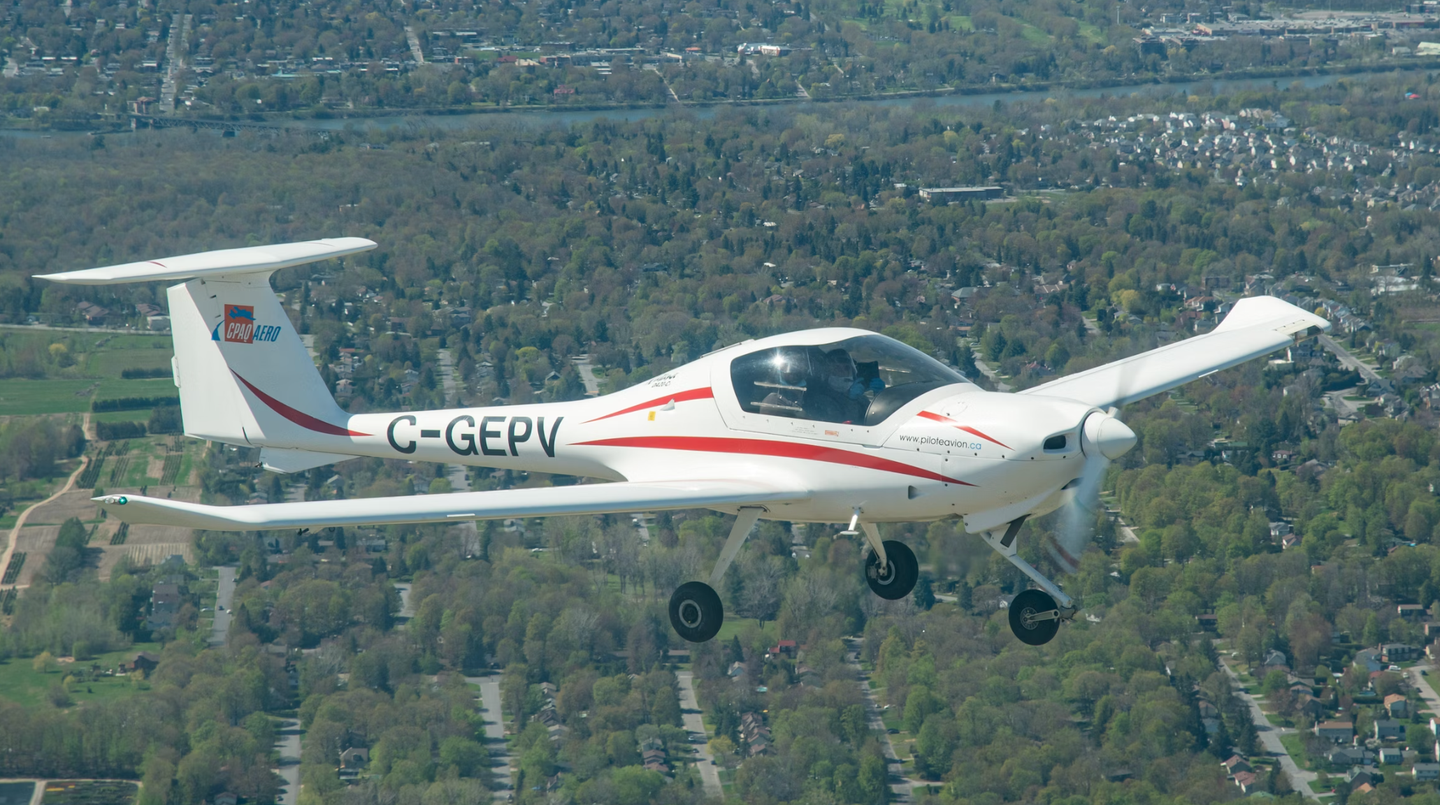Globe/TEMCO Swift: An Efficient And Comely Two-Seater That Stood The Test Of Time
This speedy little couple still gets a lot of love today.

The Globe/TEMCO Swift, an efficient and comely two-seater, hit the market at exactly the wrong time…twice! Photo By Bill Larkins, CC BY-SA 2.0, via Wikimedia Commons.
The period immediately following World War II was a golden age for new aircraft designs. Some, like the Beechcraft Bonanza, live on today, and others, like the elegant Anderson Greenwood pusher, never went anywhere, despite their groundbreaking design. And then there are elegant designs like the Globe/TEMCO Swift that were produced in significant numbers and have continued to inspire loyal owners, dreamers and schemers for over half a century. The hallmark of a brilliant aircraft design is its beauty, efficiency and adaptability, and in all of these categories, the Swift scores high.
The GC-1 Swift was designed in 1940 by Mr. R. S. "Pop" Johnson. While many consider the Swift a derivative of the Culver Cadet, which gained fame as a target drone in WWII, this appears to be only partially true. Pop Johnson did have access to the Cadet and took the general measurements of the aircraft on which to base the Swift design. However, other than the general dimensions, the Swift was a clean-sheet design. According to Globeaircraft.com, Johnson convinced John Kennedy, the CEO of Globe Medicine, to form Globe Aviation and market the aircraft. Globe Aviation soon had 40 dealers and over a million dollars in orders for the beautiful little two-seat monoplane. However, before any aircraft could be delivered, the Dec. 7, 1941, attack on Pearl Harbor turned the nation to wartime production and ended the Swift's production dreams.
During late 1944, with the war nearing an end, Globe Aviation, like so many other companies seeing the end of the war coming, decided to gain a foothold by catering to the hundreds of thousands of military pilots who would soon be returning home. It hired a member of the Curtiss P-40 design team, K.H. "Bud" Knox, to freshen the design of the Swift. The resulting design looks a little like an elegant little P-40 and flies just as well.
The GC-1B has a wingspan of slightly less than 30 feet and a gross weight of 1,710 pounds and is powered by a 125-horsepower Continental engine. The Swift in its original form cruises at 120 knots, boasts a VNE of 161 knots, and has a nearly 400-mile range. And, finally, the Swift is a joy to fly, with a rapid roll rate, leading-edge slots, retractable gear and responsive controls.
Between 1945 and 1951, Globe and TEMCO built nearly 1,500 GC-1A and GC-1B Swifts. After the postwar bubble began to burst, TEMCO obtained the type certificate for around $300,000. For many postwar companies, the story ends right here. Great airplane beset by marketing and financial issues dies a quick death. But not so for the Swift.
To meet the demand, the U.S. Air Force was looking to replace its aging fleet of primary trainers. Competing with both Fairchild and Beechcraft, TEMCO entered the competition with a modified GC-1B Swift dubbed the T-35 Buckaroo. The Buckaroo boasted a two-place tandem cockpit and either a 145-hp Continental or a 165-hp Franklin engine. The competition was unique in that the competing aircraft were used to train actual flight students at Randolph Air Force Base in Texas.
Unfortunately, the T-35 was the only taildragger in the competition, and by this time, the military had transitioned almost completely to tricycle gear fighters, bombers and transports. Ultimately, the competition's winner, the Beechcraft T-34 Mentor, went on to serve as the primary Air Force and Navy trainer for several decades. However, the Royal Saudi Air Force did purchase 10 of the 30 or so Buckaroos modified to carry wing-mounted 30-caliber machine guns and unguided rockets for light attack duties. Once again, the story should end here: Company loses rich government contract, and the aircraft is never heard from again.
"The GC-1 Swift was designed in 1940 by Mr. R. S. ’Pop' Johnson. While many consider the Swift a derivative of the Culver Cadet, which gained fame as a target drone in WWII, this appears to be only partially true."
But not so fast! The year is 1988, and Piper Aircraft has obtained the services of renowned aerodynamicist Roy LoPresti and the type certificate for the Globe/TEMCO Swift. The company decided to enter the burgeoning homebuilt "personal aircraft" market with a fully certificated entry. LoPresti and his team thoroughly updated and modified the airframe and powerplant.
The Piper "Swift Fury" boasted a 500-pound gross weight increase, completely updated cabin with sliding canopy, aerodynamically efficient cowling and 200-horsepower Lycoming IO 360 engine. The aircraft could climb at over 1,300 feet per minute and boasted a maximum speed of nearly 220 knots. The Swift Fury garnered over 500 advance orders for Piper. And then, the enemy of all great aviation ideas reared its ugly head. Piper's unfortunate 1991 bankruptcy ended any plans for what would have been a low-production volume-sport plane.
But LoPresti, who had left Piper, obtained the type certificate for the GC-1B Swift, and as late as 2008, his company was still working to obtain type certification for what had become the LoPresti Fury. And the Swift even sported turbine power for a time. Powered by an Allison turboshaft engine, the "Swift Fire" prototype achieved cruise speeds of well over 300 knots and out-of-this-world climb rates.
However, the story has a happy ending for those fortunate enough to own and fly the Globe/TEMCO Swift. A quick look at the Swift registry maintained by Globe Aviation shows a majority of the 1,500 constructed are still flying today. Many of these are modified and personalized to increase their performance, appearance and comfort. The Swift Museum Foundation operates a museum that includes airframe number one at the McMinn County Airport (KMMI) in Athens, Tennessee. This very active foundation publishes a newsletter, provides technical and logistical support, and keeps owners connected through events and an annual gathering.
"A quick look at the Swift registry maintained by Globe Aviation shows a majority of the 1,500 constructed are still flying today. Many of these are modified and personalized to increase their performance, appearance and comfort."
The Globe Swift has stood the test of time and modification and has provided decades of enjoyment for its loyal pilots and owners. It would not surprise anyone to see the Swift reemerge once again in this era of personal aviation. This Incredible Plane is just that good!

Subscribe to Our Newsletter
Get the latest Plane & Pilot Magazine stories delivered directly to your inbox






